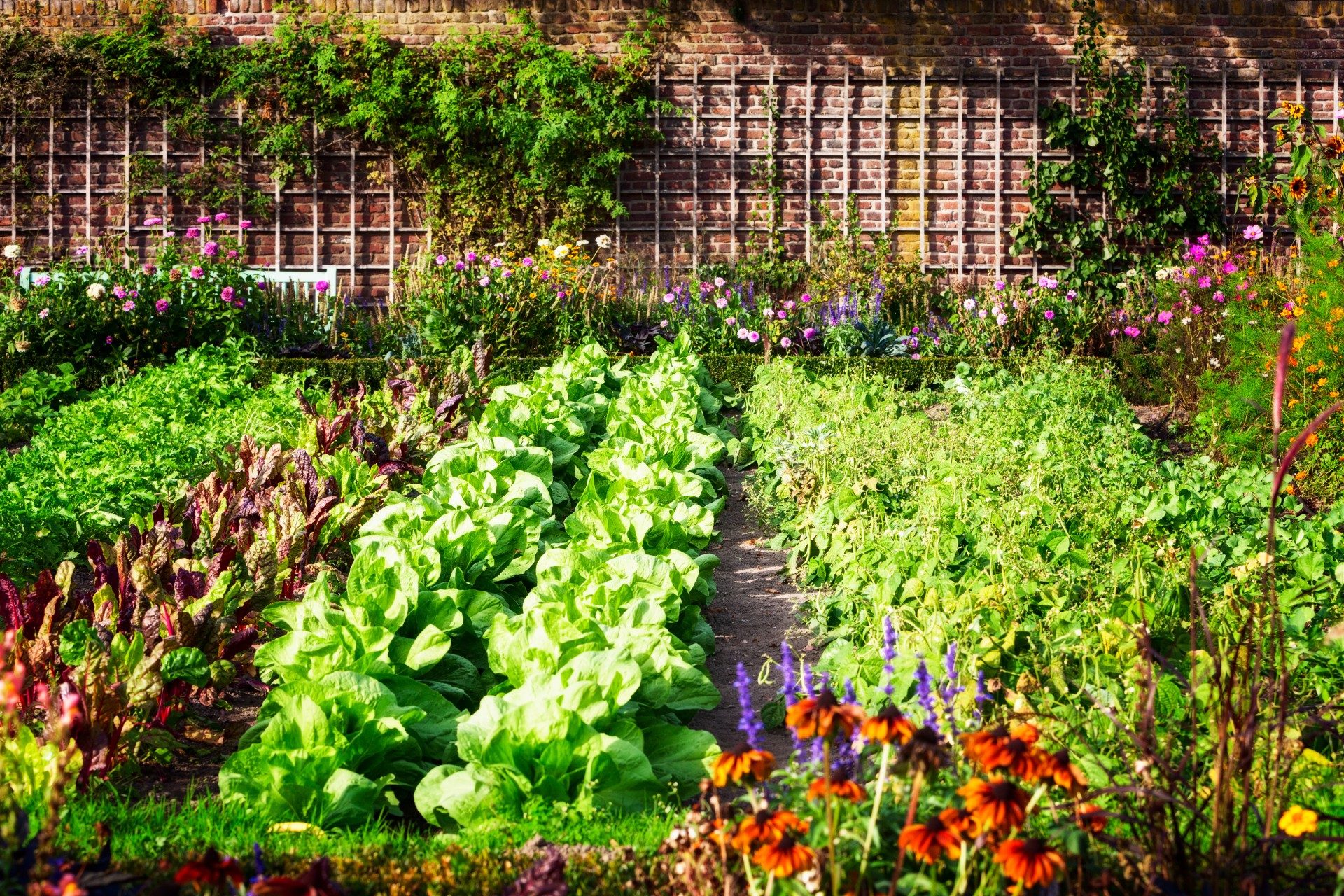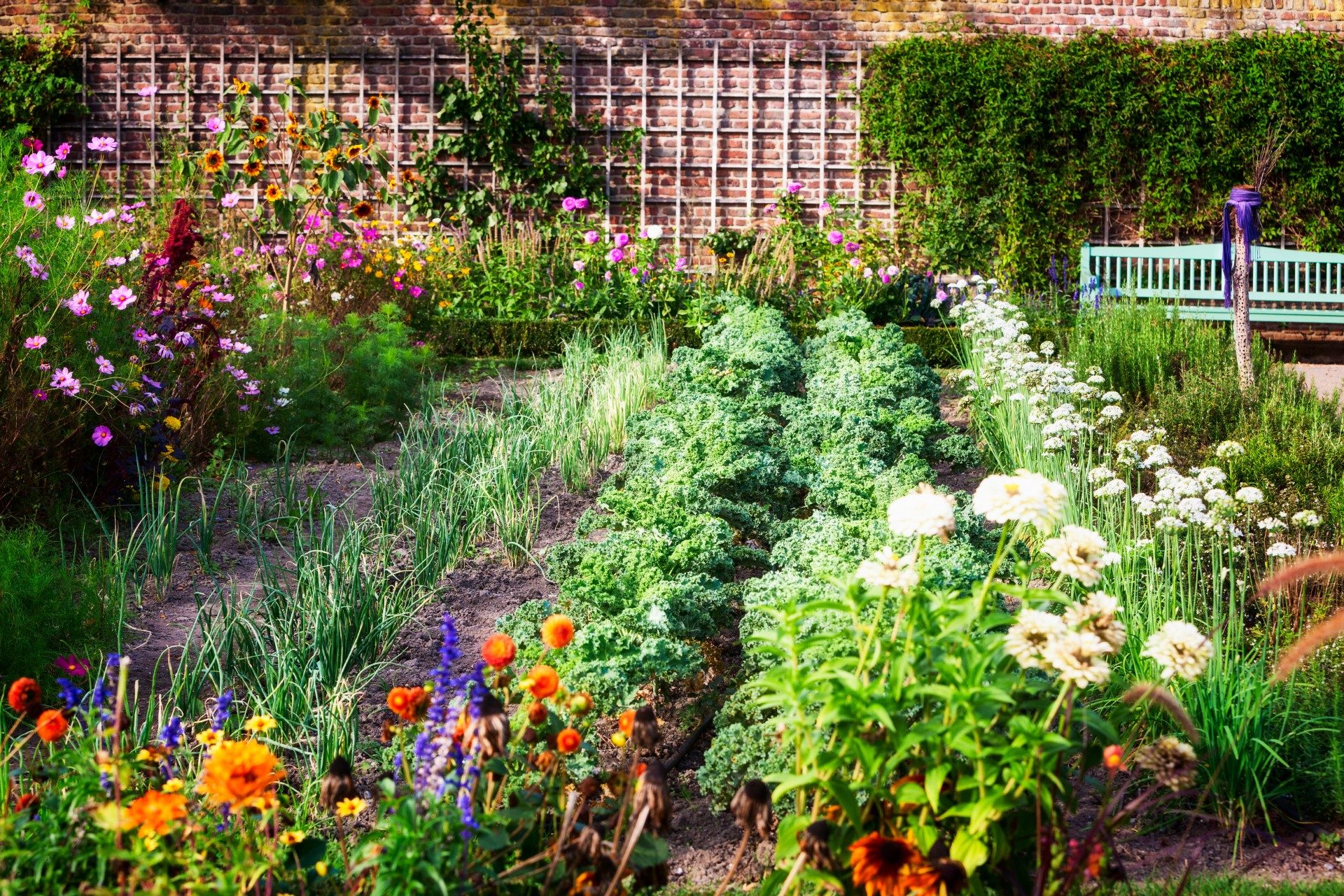Green gardening is becoming increasingly popular nowadays. There are many different ways to be green, and when it comes to gardening, you would like to know what you can do about it.
What is an eco-friendly garden?

Rather than using synthetic fertilizers to promote plant growth, eco-friendly gardens rely on adding organic matter in the form of compost and mulch to the soil along with using natural fertilizers if necessary. Synthesized materials aren’t used at all in these gardens. This starts with small steps, such as reducing waste when you plant almost everything in your garden — the more savings for recycling or other purposes, the better.
How can I make my garden more environmentally friendly?
To maintain a green garden that adds to the quality of the environment rather than take from it, there are certain things which the gardener must do. Here are some eco-friendly gardening tips for your green garden:
Saving water: One of the first things you need to do to become an eco-friendly gardener is to see how you water your plants and how much you use. Wasting water is one of the most polluting things you can do. Remember that water is valuable, and as the climate continues to warm, as scientists teach us, it becomes even more deficient. The average person uses a lot of water for thirsty plants; you need to be aware of how much you use.
Composting: Keeping your garden well-fed and healthy can be green and free when you start composting. Large wood joints (choose from recycled wood) can be stored in the garden, and food waste from the kitchen can be stored in a ceramic compost pot, so you don’t walk back and forth in the garden every five minutes.
Buying only suitable plants: To get the most out of the plants, make sure they are suitable for the soil and climate associated with your specific region. When doing this, you wouldn’t have to worry that the plants you buy will die immediately after you have placed them in the ground.
Choosing organic mulch: Mulch helps enrich the soil in your garden, keep moisture, protect the roots of your plants, and prevent soil erosion. You can use wood chips, bark, sawdust, mowed grass, straw, or your compost collection.
Using no chemicals: Plants and their food are not the only things that are affected when chemicals are used in gardens. Pesticides can destroy our ecosystems and kill insects and bugs that can benefit your garden and pests.
Maintaining a good garden with herbs: It’s great that it doesn’t take up much space and wouldn’t be hard to maintain it. Many herbs can be quickly grown at home, which means that even if you don’t have enough open spaces, you can still enjoy the taste of homemade herbs. Herbs such as mint, rosemary, sage, thyme, green onion, and marjoram can be planted in small pots and lined up along the kitchen window. This way, you can always have essential herbs on hand when you need them. Plus, the taste that each will bring into your kitchen will be an additional bonus.
Disposal of garden waste: Waste recycling is just as important in the garden as it is at home. Composting is an excellent way to not only to get rid of leaves, grass cutting, and other garden waste, but it also creates an excellent ecological product for plant food.
Avoiding power tools: It may take less time, but power tools use energy and greenhouse gases. Going back to push lawn mowers not only saves money and is more environmentally friendly, but it will also give you some exercise.
Do not use peat: Although it is a natural resource, peat bogs are very harmful to the environment and your plants.
Another eco-friendly gardening tip is to group all of the plants that need moisture in their roots the most. This way, they will grow faster and more robust. You will also need to use less water when giving them a drink.
You can also save water involves putting large barrels outside that collect the rain. You will be able to use the collected rain to water your plants regularly if it rains enough where you live.
Is gardening good for the environment?

Green gardens help the environment in numerous ways. They support the environment by reducing erosion, noise and air pollution, and energy costs, in addition to filtering groundwater and providing a food source and home for various animals and insects.


